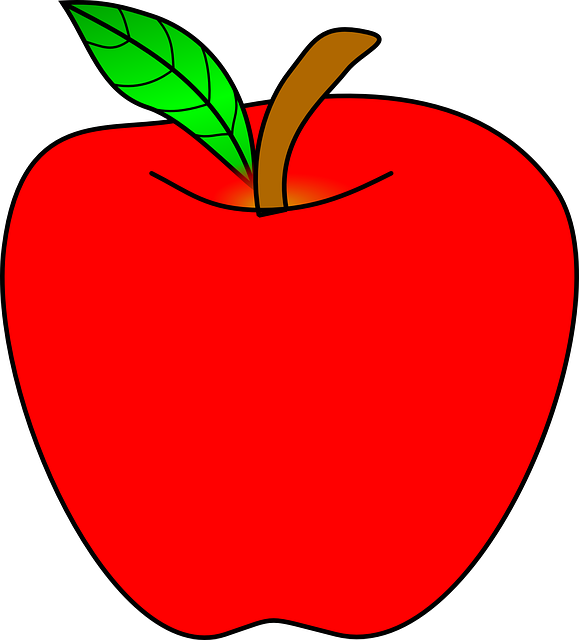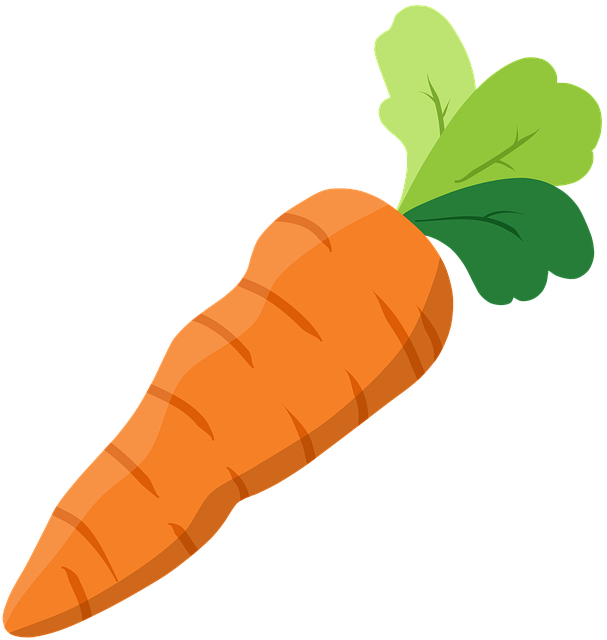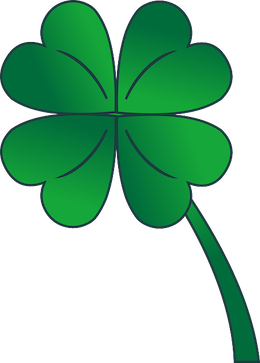We are so excited when we see a rainbow! It is so beautiful! Is it because of its colors? Probably, because its colors remind us of joy and happiness.
So here is one rainbow to cheer us up!

Now let's talk about colors and understand what are colors, why we see different colors, and how many colors exist.
In this lesson, we will discover many interesting things about colors!
Let's start with understanding what are colors.
Color is not something we can touch or feel. It is something we see with our eyes. First, to see colors we need light. Color would not be possible without light! It is simple: everything around us is dark at night, isn't it?
Our eyes and brain together translate light into color. Light travels into the eye (actually to the retina which is located on the back of the eye). The retina is covered with millions of light-sensitive cells. When these light-sensitive cells detect light, they send signals to the brain.
The light is made of all the rainbow colors: red, orange, yellow, green, blue, indigo, and violet.
| red |  |
| orange |  |
| yellow |  |
| green |  |
| blue |  |
| indigo |  |
| violet |  |
You may ask: "how do we see the color then?".
Different colors of light are actually different wavelengths of light. Imagine a rope that you can wiggle back and forth to make waves. Each time the rope moves up and down, it's like one wave. If you wiggle the rope really fast and make tiny waves, you'll see blue light. You'll see red light if you wiggle the rope slower and make bigger waves. All the other colors like green, yellow, and orange are in between these two.
So, the difference between different colors of light is just like the difference between different sizes of waves. The color we see is determined by the size of the light wave. The bigger the wave, the longer the wavelength and the redder the light will appear. The smaller the wave, the shorter the wavelength and the bluer the light will appear.
When light hits an object, let's say a strawberry, the strawberry absorbs some of the light and reflects (gives back) the rest of it. Strawberries reflect only the red light and absorb the rest light (orange, yellow, green, blue, indigo, and violet). So that is how we see the strawberry as red.

Or we can take for example a banana and a cucumber. The banana reflects mainly yellow light, so we see it as yellow; the cucumber reflects mainly green light, so we see it as green.
The most common classification is into these three types of colors: primary, secondary, and tertiary.
And you may have thought of black and white. What do you think? Are they colors?
You can think of black as the absence of color, rather than color itself. When we see an object as black, it means that the object is absorbing all the light that strikes it and not reflecting any of it back to our eyes. White light is not a single color, but a mixture of all the colors of the visible spectrum (red, orange, yellow, green, blue, indigo, and violet). When all the colors of the visible spectrum are combined, they create the perception of white light.
You can do a simple experiment to prove this:
You would need a light source (such as a flashlight or a light bulb) that emits white light, and seven colored filters, each representing one of the seven colors of the visible spectrum: red, orange, yellow, green, blue, indigo, and violet.
Place the light source on a table, and shine the light through the red filter. Observe that the light that passes through the filter is now red.
Replace the red filter with the orange filter. Observe that the light that passes through the filter is now orange.
Repeat this process with the yellow, green, blue, indigo, and violet filters, observing the light that passes through each filter.
Once all the filters have been used, place all of the filters in front of the light source at the same time. Observe that the light that passes through all of the filters is now white.
Another classification of colors is in the following two types of colors, warm and cold colors.
The color wheel shows the relationship between colors. The color wheel was created in the late 17th century by Sir Isaac Newton.
In simple terms, the color wheel is a way of organizing colors and understanding the relationships between them. A color wheel shows you how colors relate to each other and visually demonstrates the relationship between primary, secondary, and tertiary colors. Its use can be very helpful for designers, artists, etc. because it can easily tell what colors go well together. The combination of colors depends on what is needed, and to pick the right colors, we should know which are complementary colors, analogous colors, and triadic colors.
Complementary Colors: Refers to colors that are opposite each other on the color wheel.
Analogous Colors: Refers to colors that are next to each other on the color wheel.
Triadic Colors: Refers to colors that are evenly spaced around the color wheel.
1. We can see about a million different colors, yet some colors exist in our world that the human eye can't see.
2. The most popular color in the world is blue.
3. Men and women see the color red differently.
4. Yellow and red together make you feel hungry.
5. Red is the first color a baby sees.
6. Pink is considered a relaxing color.
7. Women can perceive more colors than men.